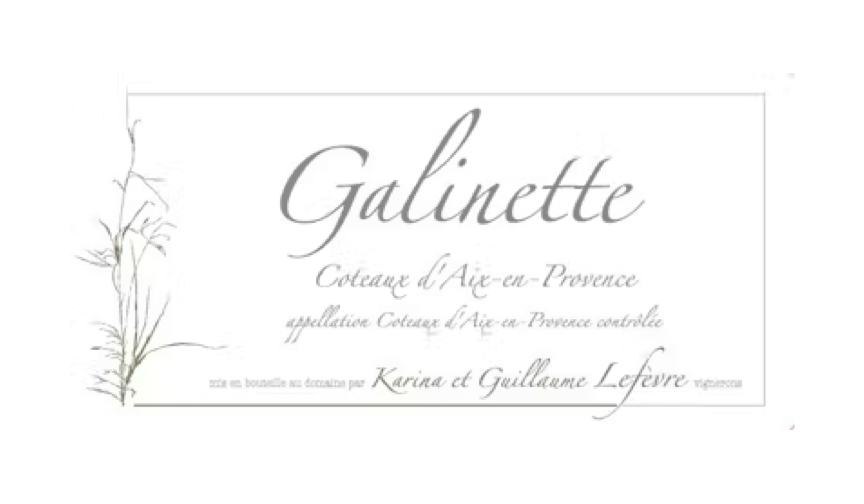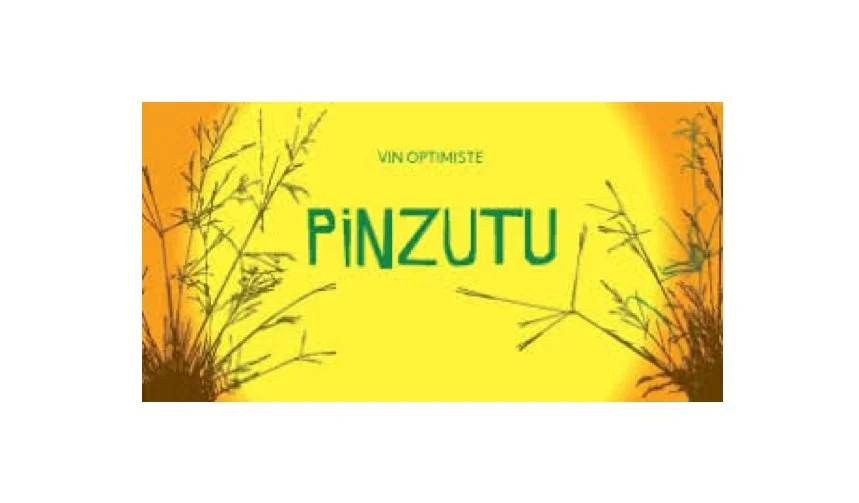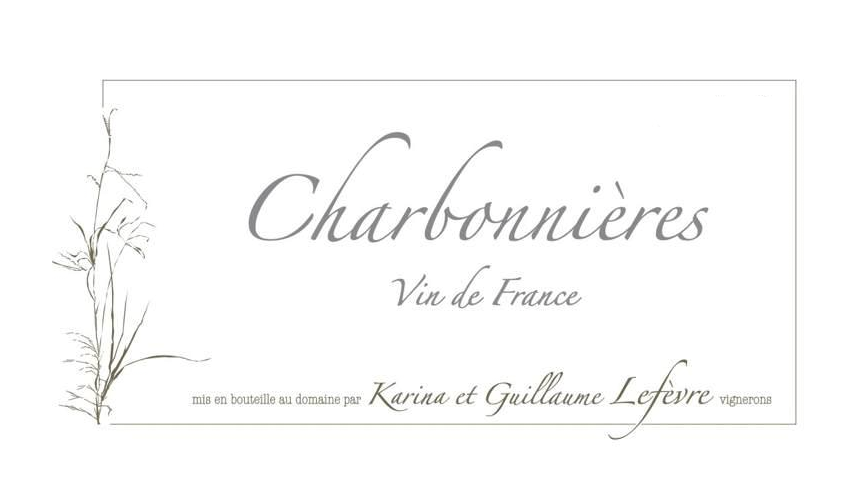Domaine de Sulauze
Côteaux d'Aix en Provence
https://www.domainedesulauze.com/
Certified Organic and Biodynamic
According to Guillaume and Karina Lefèvre, “Domaine de Sulauze is more than a vineyard. It’s a place that is alive and meant to be shared.”
The domaine is located in Provence’s second largest appellation, Côteaux d'Aix en Provence. This is one of the most western parts of Provence, and one of the most historic — the vineyards date back to 600 BC and the wines from here were prized by the Royal Courts of Europe in the 15th century). It’s also one of the parts of Provence that is most marked by the famous Le Mistral, making it easier to farm organically and biodynamically, as the winds dry out the vineyards and naturally help prevent mildew.
Located just outside the town of Miramas, before getting into the truly wild and undeveloped Camargue region, the domaine is a mixed-use farm spanning 100ha, where Camargue horses, cows, and sheep roam free. 30ha is planted to vineyards, the majority of which are on limestone, quite unique for the region. These rarer limestone soils lend complexity and finesse to the wines.
Guillaume and Karina share the domaine with a brewery (which grows a lot of their hops and wheat) as well as a pig farmer who specializes in a local variety of pig. The domaine is also of historic importance and has a medieval stone chapel (which the Chapelle Rouge and Blanc are named after because it is literally in the middle of the vineyard) and a medieval grain tower and mill. They also have a huge vegetable garden and host WOOF’ers throughout the year. Guillaume, Karina, and their partners at the brewery were able to get government funding to purchase the property and help restore and revitalize it due to the widely recognized historic importance of this site.
Pre-pandemic, Guillaume and Karina would host a big pig roast (featuring the local pig raised on their domaine) and an all-day and all-night party. The pig roast used to always be the day before the big trade show in Montpellier, so they would invite winemaker friends from all over France.
Karina is originally from Brazil — she’s very gregarious, open and warm, and the absolute life of the party. Today, she oversees the WOOF’ers and is also a Yoga teacher and regularly hosts retreats at the domaine. (Side note: she is also a former Olympic athlete and was on one of those reality TV competition shows about surviving on an island).
Guillaume is inextricably tied to Corsica (the Pinzutu and Chapelle Blanc all have a direct Corsican connection). Guillaume grew up spending summers in Corsica, in the same village outside of Ajaccio where Domaine Abatucci, one of Corsica’s most revered domaines, is located. He has been close to the Abatucci family since childhood, learning a lot about farming and winemaking from Jean-Charles Abatucci. Jean-Charles also gifted Guillaume vine cuttings of Sciaccarellu and Vermentinu from his vineyard.
Pinzutu, named after the Corsican word for ‘zenith,’ is made from the Sciaccarellu cuttings. These are still incredibly young vines, as the 2022 vintage is only the 3rd vintage where they have been mature enough to make wine. Similarly, the Chapelle Blanc is made from the Vermentinu cuttings. This is why Guillaume calls it “Vermentino” (spelled the French and Italian way) instead of Rolle, which is the more commonly used name for the grape in Southern France.
Both the Chapelle Laïque Blanc and Rouge are named after the still in-tact Roman stone chapel that is in the middle of the vineyard. ‘Laïque’ is the word for ‘secular,’ making the name very irreverent and also very French. These both are the most limestone dominant parcels the domaine holds. The Chapelle Laïque Rouge is made from cuttings of locally adapted varieties of Cinsault and Grenache Noir that Guillaume sourced from a vigneron in the Rhône.
The domaine also makes a cuvée from a locally adapted and rare variety of Syrah, called Sereine, sourced from the Côte-Rôtie. This practice of sourcing unique, locally adapted varieties of more common grapes was inspired by Jean-Charles Abatucci.
Everything is harvested by hand, fermentations are always with native yeasts, and whether sulfur is added at bottling depends on the vintage and cuvée. The domaine’s single parcels are also ploughed by horse.
- WINES IN PORTFOLIO -
“SUPER MODESTE” Sparkling, Vin de France
(2023) “Super Modeste” Sparkling, Vin de France (tech sheet)
“GALINETTE” Blanc, Côteaux d’Aix en Provence
2023 “Galinette” Blanc, Côteaux d’Aix en Provence (tech sheet)
“CHAPELLE LAÏQUE” Blanc, Côteaux d’Aix en Provence
2022 “Chapelle Laïque” Blanc, Côteaux d’Aix en Provence (tech sheet)
“POMPONETTE” Rosé, Côteaux d’Aix en Provence
2023 “Pomponette” Rosé, Côteaux d’Aix en Provence (tech sheet)
“COCHON” Vin de France
2023 “Cochon” Vin de France (tech sheet)
“CHAPELLE LAÏQUE” Rouge, Côteaux d’Aix en Provence
2021 “Chapelle Laïque” Rouge, Côteaux d’Aix en Provence (tech sheet)
“PINZUTU” Sciaccarello, Vin de France
2022 “Pinzutu” Sciaccarello, Vin de France (tech sheet)
“LES AMIS” Vin de France
2016 “Les Amis” Vin de France (tech sheet)
“CHARBONNIERES” Vin de France
2020 “Charbonnieres” Vin de France (tech sheet)










